- Solar energy blog
- Flat PV panels: 6 advantages and drawbacks
Flat PV panels: 6 advantages and drawbacks
Jeffrey Martínez
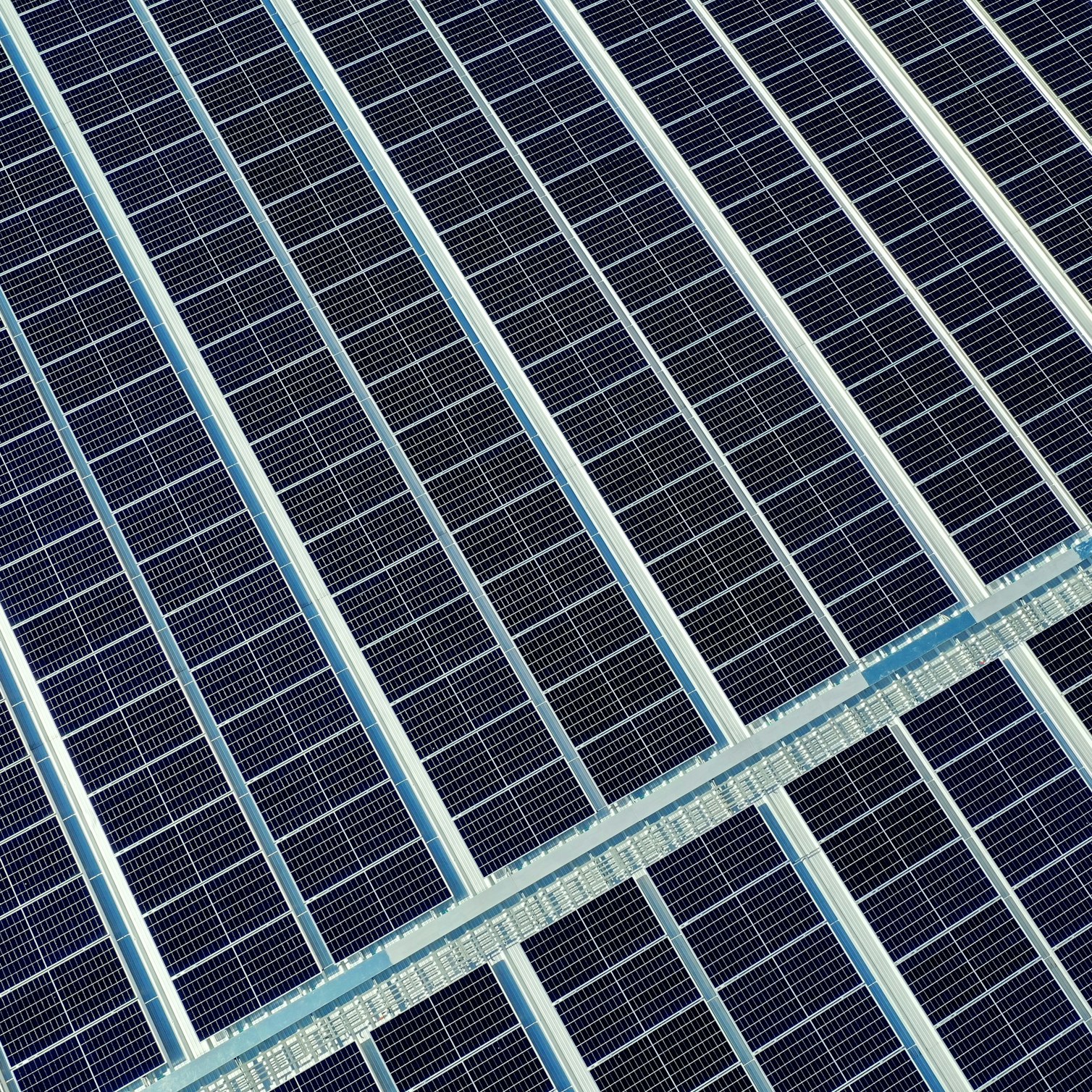
Content
Flat solar photovoltaic (PV) panels are installed directly on the ground without the need for supporting structures or poles used with traditional panel systems.
US-based energy technology developer, Erthos, is a clear example of a company investing heavily in flat PV panels. They have obtained a patent for an ‘Earth Mount Solar PV system’ which the company says can fit more panels into a space than conventional utility-scale plants.
So are these companies on to something interesting? What are the benefits and drawbacks of flat panel systems for utility-scale installations?
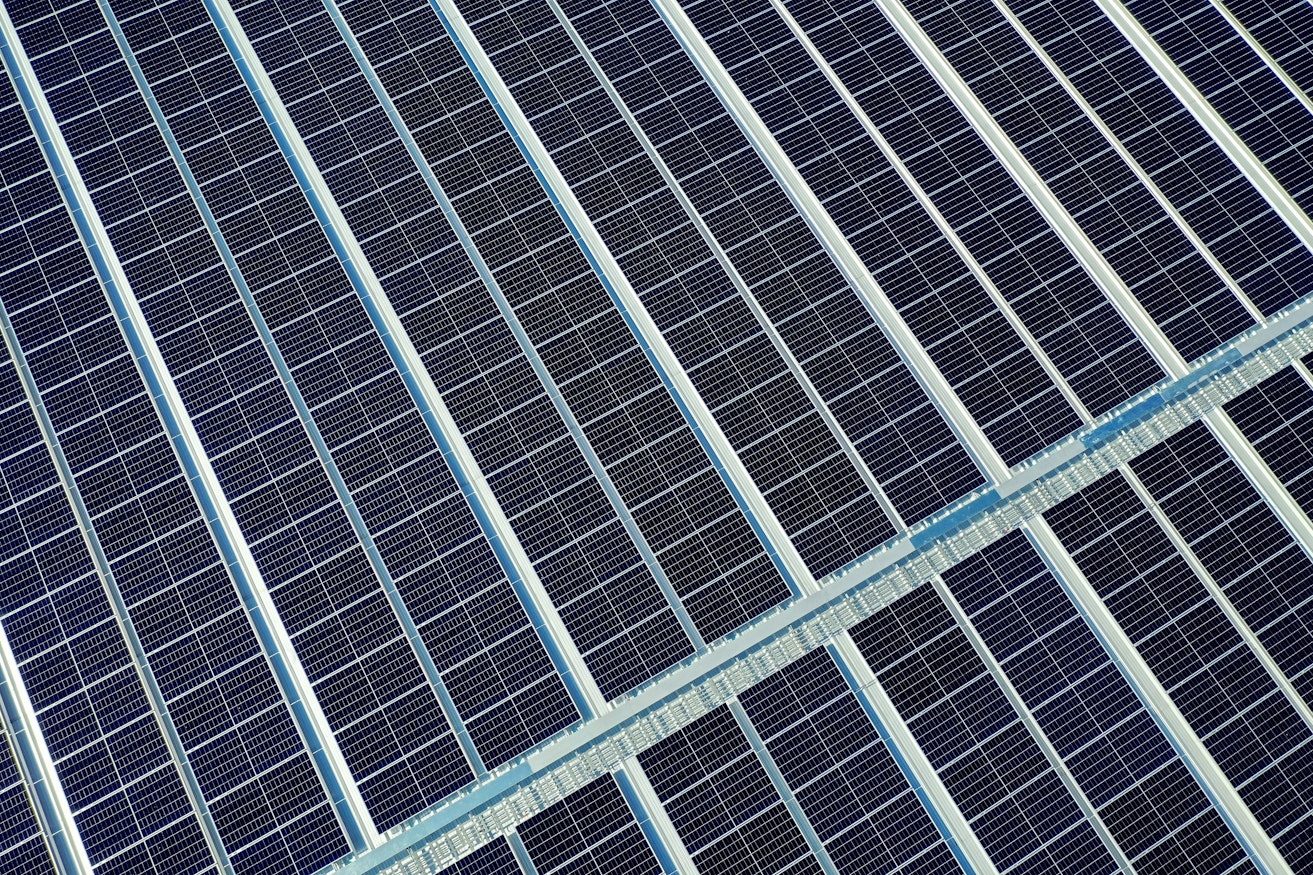
What are the advantages of flat PV panels?
Installing flat panels rather than ground-mounted systems has significant advantages for solar project developers.
Lower LCOE
Without the need for groundwork and foundations to be laid — nor the need for complex moving parts such as motors and gears in tracking systems — solar plants using flat panels can be installed at a lower cost than conventional panels. The lack of steel pile foundations and support structures simplifies the installation process, reduces the cost of materials, and limits the amount of labor required.
At the same time, higher energy density achieved by installing more panels results in greater energy output from an area of land.
These factors reduce the levelized cost of energy (LCOE) compared with standard utility-scale mounting systems.
Lower degradation rates
There are several factors that can reduce a PV module’s power production over time, decreasing the amount of electricity it can generate and, ultimately, its financial return.
The primary causes of degradation in crystalline silicon systems are hot spots, potential induced degradation (PID), and microcracks or fractures. Partial shading of cells can cause hot spots that dissipate some of the energy the surrounding cells generate. The most common causes of shading are vegetation growth or soiling.
Earth Mount Solar PV systems limit vegetation growth as the panels are fitted together tightly, preventing light from passing through. These systems implement nightly robotic cleaning of panels to prevent the buildup of soiling from accumulated soil and sand, leaves, or bird droppings.
Microcracks on the surface of a solar panel can restrict the flow of electrical current, reducing power output and creating hot spots. Companies in the industry use modules with glass on both sides rather than glass with a back sheet, as fully glass modules alleviate mechanical stress and reduce the spread of microcracks.
In utility PV systems, the voltage potential between the cells in the panel and the frame causes leakage in the electrical currents, causing PID. The voltage within a string of panels typically reaches 1,000V or 1,500V, while the module frames are grounded for safety. PID rates vary between systems depending on the type of cell technology, module construction, coatings, environmental factors, and the system configuration.
Erthos’ flat panel system experiences less PID than conventional mounted systems, because of its reduced rates of temperature instability, soiling, and microcracking.
Higher DC/AC Ratio
These Earth Mount Solar PV Systems are designed with a direct DC/AC ratio of 1.7, which is higher than the 1.2-1.4 ratio typically seen in traditional PV systems. Assuming the same nominal degradation rate, these systems experience 25-30% less energy loss caused by degradation. Over their lifecycle, the flat panel systems can see nominal degradation rates of around 0.5% annually, resulting in a 50% reduction in degradation compared with traditional systems.
Furthermore, these systems have reported reducing or eliminating altogether many of the degradation modes commonly found in tracker systems. Some of the modes are interconnected meaning that reducing or eliminating one mode can improve one or more. Earth Mount Solar PV’s high DC/AC ratio helps to keep the system above the inverter clipping limit.

What are the disadvantages of flat PV panels?
While flat PV panels can be installed at a lower cost and with lower degradation rates, there are disadvantages to consider for utility-scale solar projects.
Efficiency loss
When solar panels are installed flat to the ground with no trackers, they are not tilted to the optimal angle to absorb the most sunlight throughout the day. This means flat panel systems operate at lower efficiencies and generate less electricity than conventional systems that use trackers or tilted fixed structures to point the surface of panels toward the sun.
Installing panels on the ground without a mounting structure also eliminates the advantages of bifacial modules in generating energy from sunlight hitting both the front and back surfaces.
Water retention
Earth Mount Solar PV systems are not suitable for all types of terrain, as installing panels flat to the ground can result in flooding in areas where there is heavy rainfall. Water retention on the surface of the panels can cause mismatch losses, when there is a mismatch between the output currents of the individual cells. The current that flows out of a module is limited by the lowest cell output when cells are connected in strings, preventing it from reaching optimal power flow.
Installing panels level with the land can also increase the accumulation of dirt and dust if the surfaces are not cleaned regularly.
Reduced heat dissipation
Earth mounted PV systems experience less airflow than panels mounted on tracker or fixed-tilt structures. Overheating reduces module efficiency and can cause damage from hot spots if not addressed over the long term.
The amount of heat a module generates and loses is affected by several factors, including installation technique, module design, and wind patterns, and can vary between projects. There is some heat dissipation even with panels installed flat to the ground, as the earth acts as a heat sink that draws heat away from the modules.
Optimize your solar plant design with RatedPower
The type of PV structure you choose for a utility-scale solar plant has a direct impact on its profitability. Flat panel systems can increase return on investment in areas with limited land availability by increasing the number of panels installed while reducing degradation losses. However, you should also be aware of how efficiency losses from earth mounting can affect a plant’s overall output.
RatedPower solar design platform can help you automate the selection of the optimal structure for your panel installation. Watch a demonstration today.
2025 Trends: Renewable Energy & Solar Research Report
Get key insights and data from an industry-wide survey and solar simulations on the RatedPower platform. Download now to uncover critical trends and challenges shaping the future of renewables.
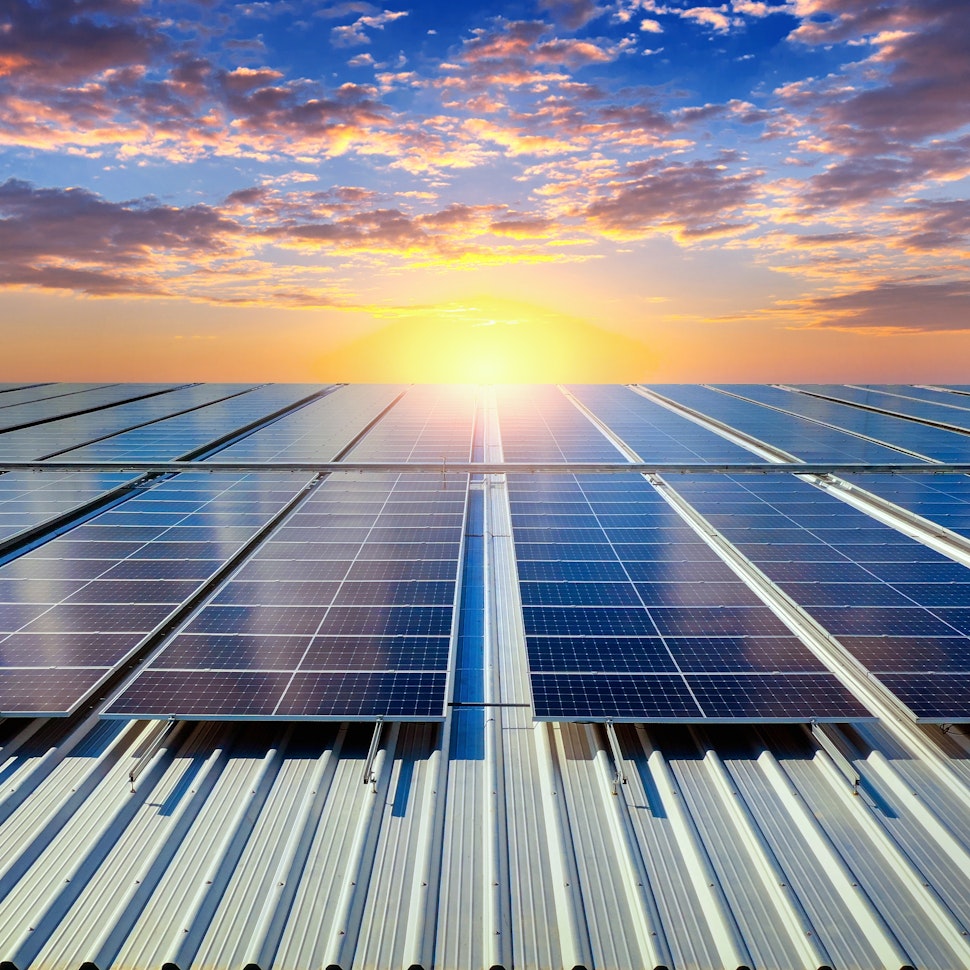
Latest stories
Related posts
Technology and engineering
Innovation in renewable energy: Developments expected in 2025
We look at the 10 biggest renewable industry developments that are making a green future possible, including perovskite solar cells, green hydrogen, and more.
Updated 18 MAR, 25

Technology and engineering
The era of standalone energy yield software is ending
Updated 19 APR, 22
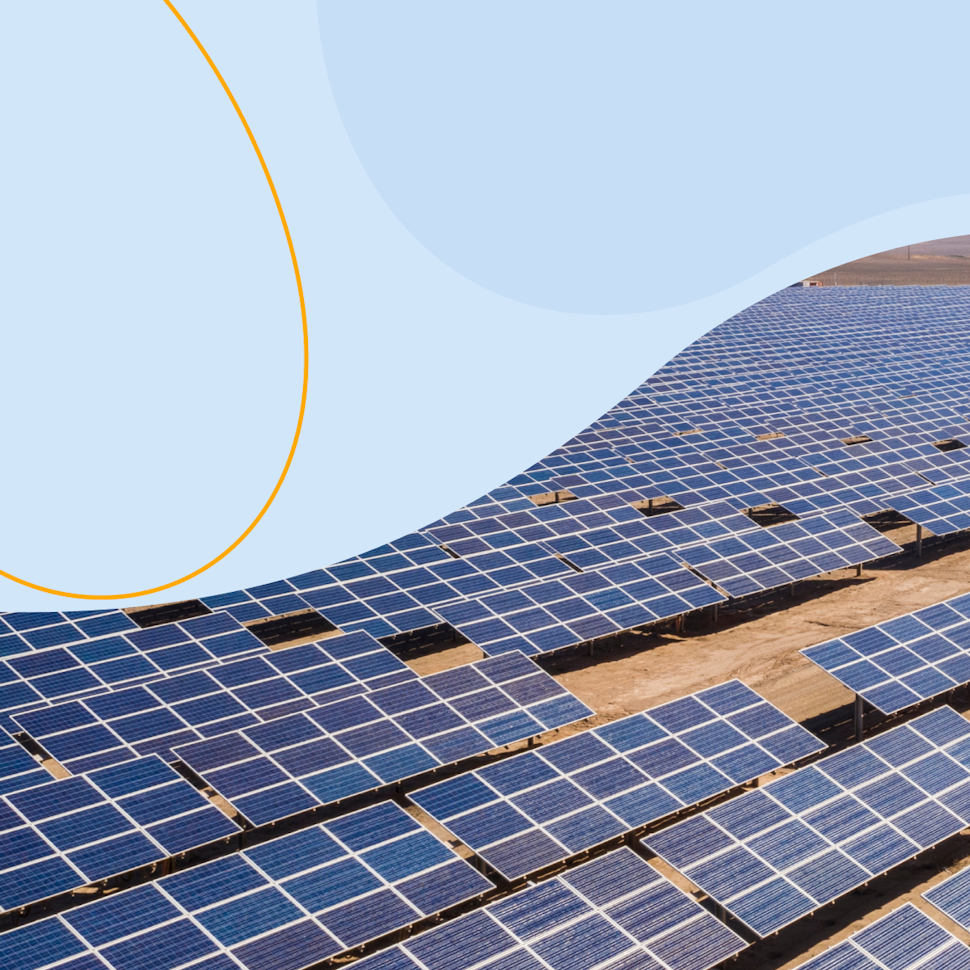
Technology and engineering
How to battle soiling losses with RatedPower
How do soiling losses affect the output from a solar energy system and how can RatedPower help to account for them in a PV project?
Updated 22 FEB, 22
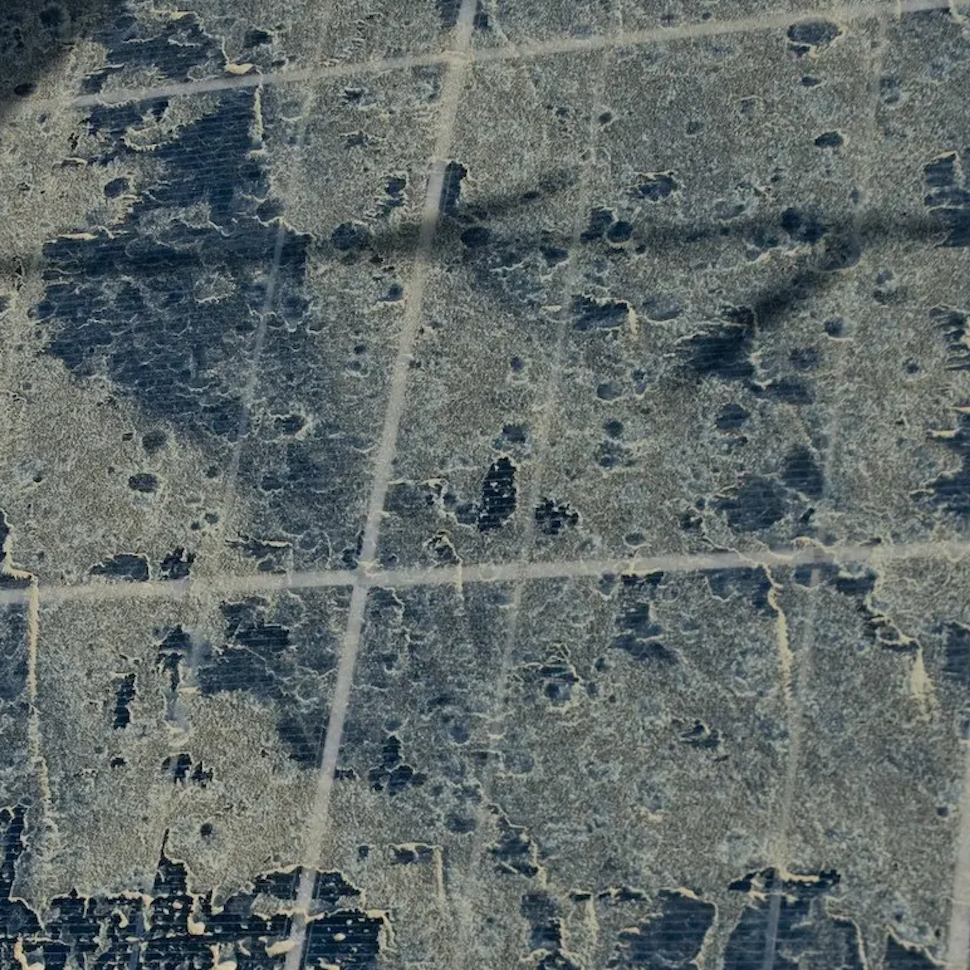
- RatedPower
- Solar energy blog
- Flat PV panels: 6 advantages and drawbacks


